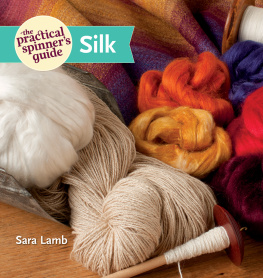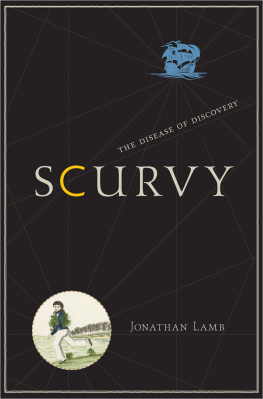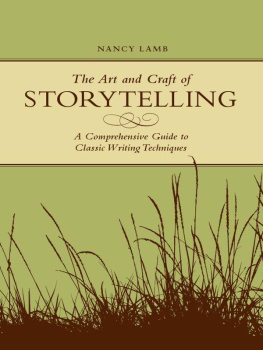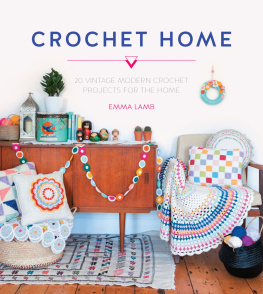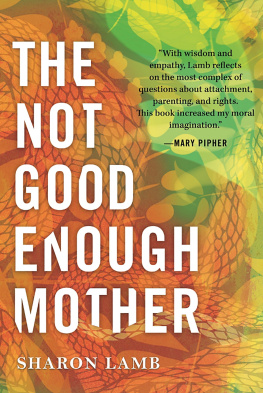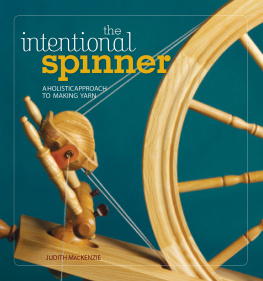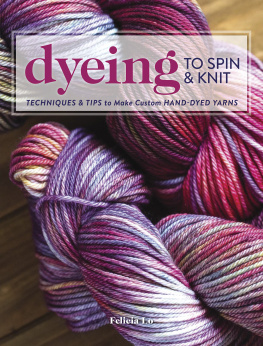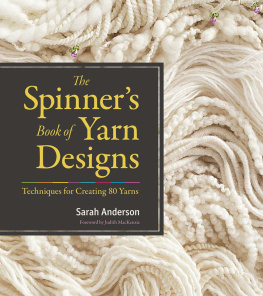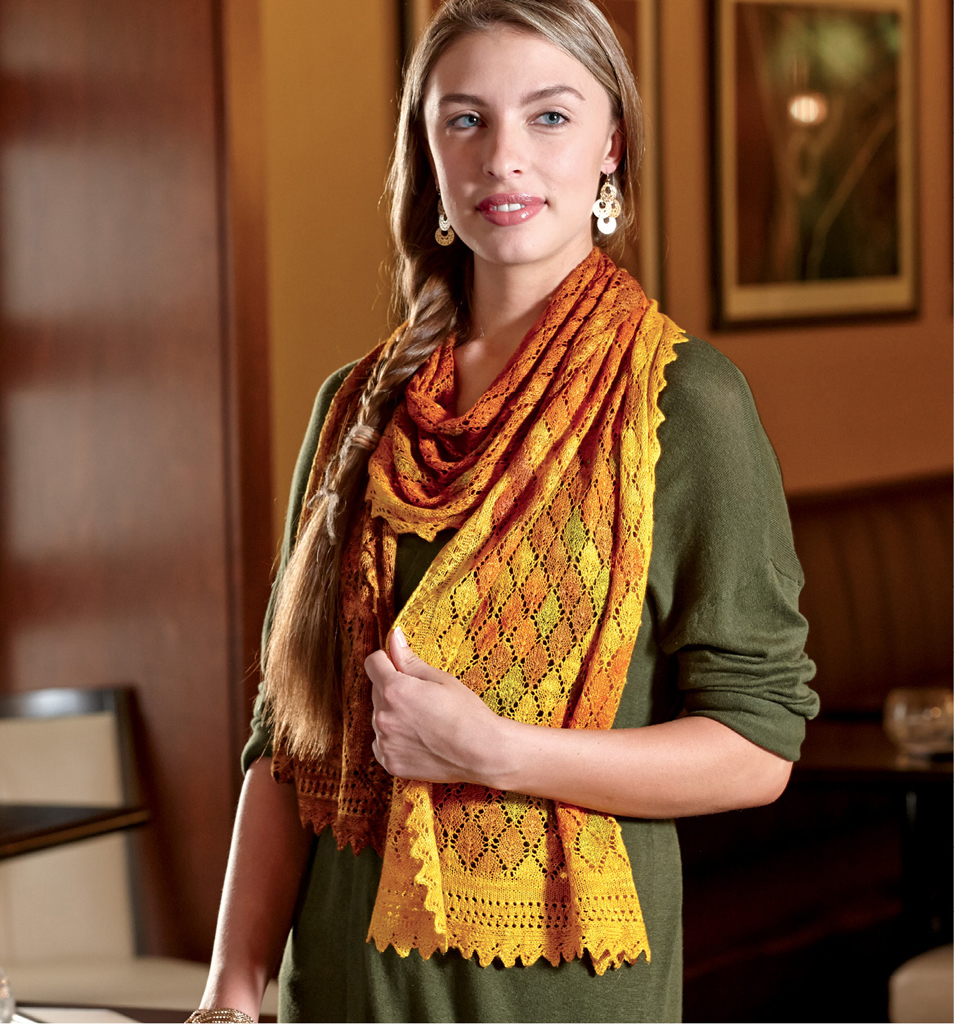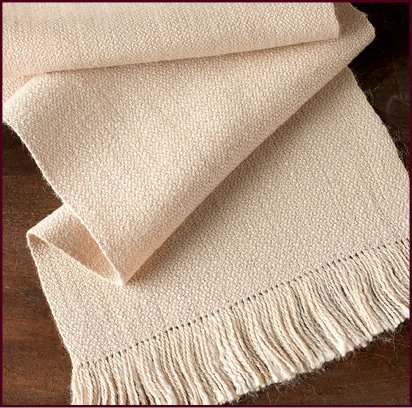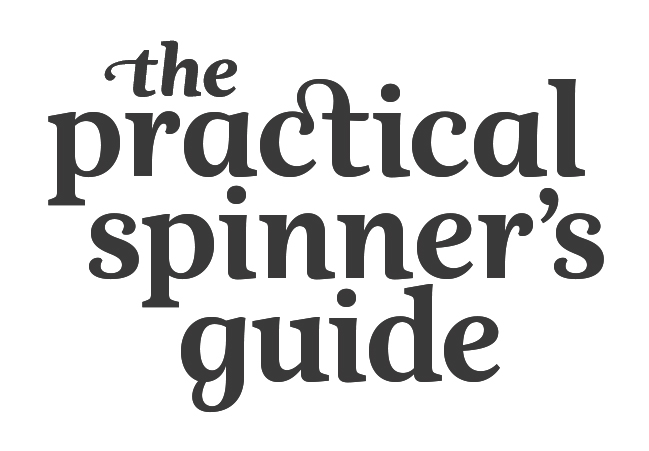
Silk
Sara Lamb


CONTENTS
Silk: The Luxury Fiber
In 1980, I bought a portion of a tussah silk brick to spin. I was an experienced spinner by then, having spun a lot of wool, some linen, plenty of ramie, and some cotton. I decided that silk was the next fiber to try, and I knew it would be a challenge for meits a slick fiber, very fine, and a bit pricey, and I wanted to do it right.
I saved and admired the fiber for a while, building up my confidence by reading and asking around, finding as much information as I could about spinning silk. The portion of a silk brick that I had was wide and dense, and the fibers I could pull from it were of varying lengths. Spinning from the end of the brick left a mess of disorganized fibers in my hand. Holding tighter to prevent this mess mostly resulted in my fighting the fiber, as I tried to draft one end of fibers that had already been pulled into the yarn at the other end. The process didnt go well, and I ended up with a mass of silk and sweaty palms.
I hunted through books and fiber magazinesthere was very little written information available. In Spinning Wheels: Spinners and Spinning (see ), Patricia Baines mentions dividing the thick sliver lengthwise and into small sections, then folding it over a forefinger and spinning from the fold. When I tried this, the silk spun like, well, silk! Cheryl Kolanders A Silkworkers Notebook includes a drawing of a hand holding disorganized fibers and drafting a fine silk yarn from them. This image helped solve second part of the puzzlewhat to do with the mass of fibers left when the first part of the bundle drafted smoothly!
I wanted to weave my handspun silk into fabric, and I wanted it to look and feel silky, not rough or rustic. I wanted to weave a fabric that would instantly be recognized as silk. I divided the tussah I had into two lots: 2 ounces (57 grams) for a two-ply warp yarn and 1 ounce (28.5 grams) for a singles weft. I finished both yarns with a wash in hot water and hung them to dry.
The warping, weaving, and finishing of the cloth went quite well. However, the result was not what I had imagined. Although it was silky and soft, the cloth did not shine as Id expected, and the surface was fuzzier than I wanted. It took a few years for me to discover why and to learn how to produce the cloth I wanted. In these pages, youll learn what I learnedhow I improved my spinning and focused my weaving to finally be able to make the silk fabric Id envisioned at the beginning.
I spun tussah silk brick for my first woven silk scarf.
A Bit of History
Although the true origins of the discovery of silk are lost in time, the fiber and fabric are legendary. They play an important role in commerce, in culture, in fashion, and in the formation of political and economic alliances from before recorded history. The Chinese character for silk has been a part of the written word for thousands of years, and the Roman word for silk, ser, has given us our name for the process of raising and cultivating silksericulture.
Silk is known the world over as a luxurious smooth, shiny, soft, and insulating fiber. Not only is it prized for its beauty, but also equated with wealth and position, and valued for its rarity. However, the degree to which silk embodies any of these properties varies according to the fiber quality and type and how the silk is produced. For the most part, silk cocoons are raised for reeling, in which several cocoons are unwound into continuous fibers. The leftovers from this process, as well as cocoons too damaged to reel, are available as fiber to handspinners.
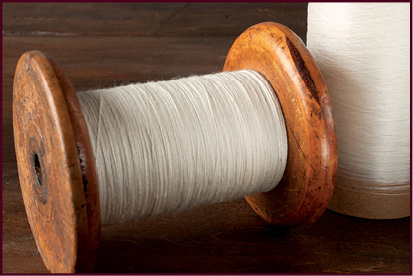
For centuries, silk has been used for every precious object imaginable, from bookbinding to papermaking, embroidery, and all types of textiles. Any discussion of silk leads us down the paths of history, geography, myth and legend, science, tools and techniques, and the mysteries of dyes and dyeing. In fact, the famed Silk Road was not one path from China to the West, but several routes through Central Asia that varied according to changes in the political climate.
Myths and legends abound about the origin of silk and the discovery of silk as a fiber. Most scholars agree that silk has been used as a fiber and fabric for more than 5,000 years, and perhaps much longer. Fragmentary fabric evidence from both China and India dates to more than 2,000 years B.C. In China, the Chronicles of Chou-King, dating from 2200 B.C., identifies Shantung as the birthplace of sericulture. In India, the epic Mahabharata, which is thought to date as far back as 4000 B.C., mentions a silk woven cloth.
According to legend, Lady Xi-Ling, the wife of a long-ago Emperor of China, was taking tea in her garden, when a silk cocoon fell into her hot tea water. She noticed a fine thread unwrapping from the cocoon and realized that what the worm had wound, could be unwound into thread for weaving and embroidery.
In another version of this legend, the Emperors wife watches the worm spin its cocoon in the branches of trees in her garden and imagines that the thread, so expertly wound, could be unwound.
China jealously guarded the secret of sericulture to control the prosperous commodity and exploit it for its trade value. Inevitably, the seeds (eggs of the silkworm) and the secrets of how to cultivate them, were smuggled to Korea, and from there to Japan, through India to Persia, and farther on to the West.
A Chinese princess, who was about to marry far from home, smuggled a few silkworm eggs into the folds of her headdress, bringing silk cultivation and production to her new home in the fourth century A.D. Although the disclosure of silk-production secrets was harshly punished, the princess and other brave souls successfully established sericulture throughout Asia.
Some scholars believe that mulberry silk (from the

